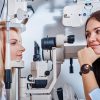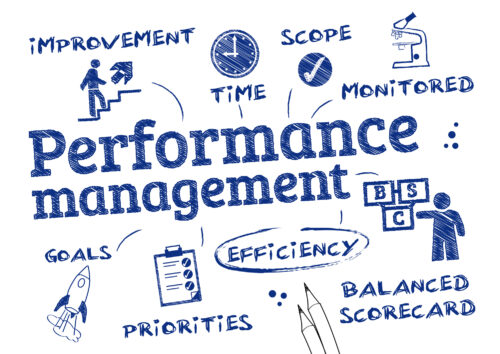Routine eye exams are typically viewed as standard healthcare maintenance procedures, primarily aimed at evaluating vision and eye health. However, it’s essential to recognize that these seemingly straightforward appointments can occasionally reveal unexpected medical conditions that extend beyond eye health. In such instances, what begins as a routine eye exam may swiftly evolve into a broader medical evaluation to ensure the patient’s overall health and well-being.
During eye exams, optometrists or ophthalmologists conduct various tests to assess visual acuity, detect refractive errors, and evaluate overall eye health. While these examinations commonly identify issues like nearsightedness, farsightedness, astigmatism, and age-related conditions such as cataracts or glaucoma, they can also uncover abnormalities indicative of broader health concerns.
One typical scenario where routine eye exams transition into medical evaluations is when signs of systemic diseases manifest in the eyes. Conditions like diabetes and hypertension, for instance, can cause alterations in retinal blood vessels, resulting in symptoms like retinopathy or hypertensive retinopathy. Identifying these changes prompts further investigation into the patient’s overall health.
Similarly, certain eye symptoms or findings may suggest neurological disorders or autoimmune conditions. Double vision (diplopia), for example, might indicate nerve dysfunction, while inflammation of eye structures could signal autoimmune diseases like rheumatoid arthritis or lupus. In such cases, eye care professionals may refer patients to neurologists, rheumatologists, or other specialists for comprehensive evaluation and treatment.
Transitioning from a routine eye exam to a medical evaluation may initially surprise patients, who often schedule appointments solely for vision concerns or updating eyeglass prescriptions. Setting appropriate expectations from the outset, such as collecting medical insurance information upfront and educating patients during testing, facilitates a smooth transition when an exam becomes more than routine.
When unexpected medical findings arise during eye exams, prompt communication is crucial. Patients should be promptly informed and provided with comprehensive explanations regarding the implications of these findings on their health. Eye care professionals play a pivotal role in guiding patients through the next steps, which may involve further diagnostic tests, specialist consultations, or treatment interventions.
Encouraging patients to maintain regular follow-up appointments with eye care providers and other relevant specialists is vital. Consistently monitoring changes in eye health and addressing underlying medical conditions promptly are essential for preserving overall well-being and preventing potential complications.
While routine eye exams primarily focus on assessing vision and eye health, they occasionally uncover unexpected medical concerns with broader implications. Practices that proactively address and monitor such conditions not only provide a more comprehensive care experience but also stand to benefit from higher reimbursement rates through medical insurance. As practices expand their medical focus, services like EyeAppoint can assist in navigating medical billing processes, ensuring a seamless transition to providing comprehensive medical evaluations and testing.

















